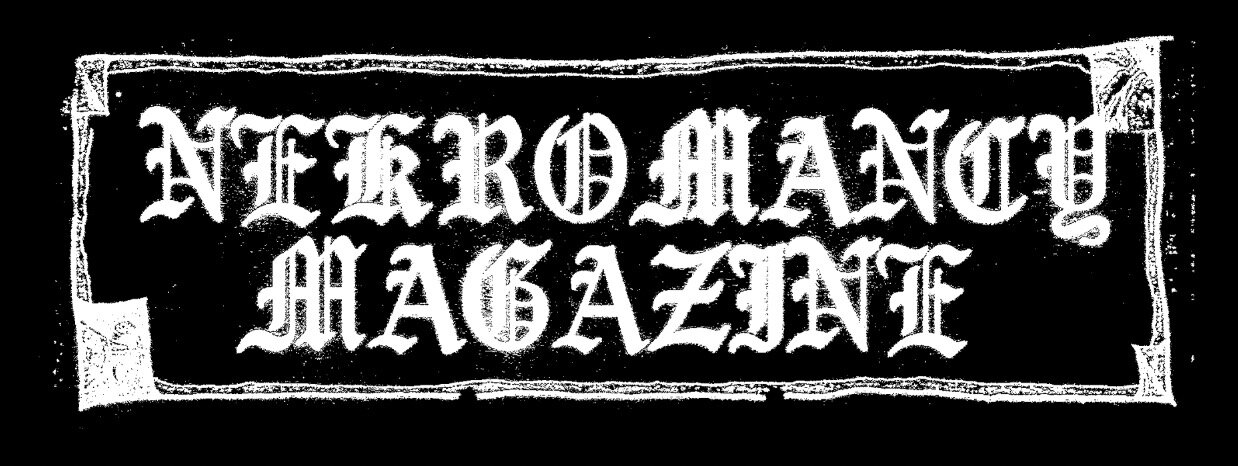Beauty and the Beast With Two Backs: Faith and Desire in Żuławski’s Possession
July 6, 2021 ● Callum Kilgarriff
Possession (1981), Gaumont
From the darkest corner of Anna’s (Isabelle Adjani) apartment, a creature lies in wait. A creature born of psycho-sexual torment and torturous desire, manifested with probing tentacled limbs and oozing viscous bodily fluids upon its lair. 87 Sebastianstraße, Kreuzberg, houses this evil form, overlooking a Berlin, that in 1981 was still wading deep within her mire of paranoia, fear and deceit. A stagnant evil hangs over the capital, permeating the stoic grey stone of its architecture and the anomalous flesh of the incongruous inhabitants.
The infamous wall cuts a swathe through the city, visibly ever-present through the windows of the various apartments and buildings in which Andrzej Żuławski's demented affair takes place, mirroring the abrupt, violent separation of the troubled protagonist's Mark and Anna (portrayed by Sam Neill and Isabelle Adjani in their finest - and most incredibly bat-shit insane roles). As a microcosm of this Cold War tension, the deterioration of the tormented spouse’s relationship forms the crux of a tale that quickly descends into a fervent chaotic spiral from which nothing escapes unscathed or unaffected. Where Mark resorts to despondent rage, Anna endures her accursed tryst as she frequents a secret apartment to give in to her bestial passions.
Possession (1981), Gaumont
“What I miscarried there was Sister Faith, and all I was left with was Sister Chance… so I had to take a chance” - Anna
Carnal violence bleeds across punctured celluloid skin, every frame whipping and contorting through claustrophobic rooms, crawling hallways, and one winding U-Bahn tunnel where we bear witness to the birth of evil, in what is arguably the most emotionally visceral sequence ever devoted to film. Adjani twists and howls as Anna’s psyche unfurls, her entombed desire discharging itself as a bloodied abortion of fluids begin seeping from her very being.
Having miscarried “Sister Faith”, she claims to be left with “Sister Chance”, abandoning her conviction in favour of covetous occult potential - the chance of a new life free from the binds of familial expectation. Her bonds broken, she is reformed in body and mind. In one forlorn moment of longing, she looks to religion to restore her faith, the final remnants of which weep out in a display of pitiful whimpering at the foot of a crucifix within the Friedenskirche. Without guidance, Anna must look within to discover divinity, and what she finds is a cosmic evil sex octopus that feeds on psychic discord and ruinous devotion.
Possession (1981), Gaumont
In Possession (1981), evil takes root in a tentacled flesh that writhes and consumes with slithering bloodied limbs. Embodying the possessor through abominable physical form, special effects artist Carlo Rambaldi conceives the entity as a Lovecraftian amalgamation of sanguinary appendages, something extra-human designed to be seen only in the shifting shadows of apartment corners or buried within mounds of its own excretion.
Mark’s greatest fears are hideously realised as he glimpses the taking of the woman he loved, we as the audience voyeuristically engaging in this grotesque ritual between the beauty and the beast. There is no mistaking the process of Anna’s descent, her doppelgänger, Helen claiming that “evil seems easier to pinpoint because you can see it in the flesh” and “because people can see evil they know exactly the danger of being deformed by it”. For this reason, being able to physically perceive the entity in slimy corporeal form allows us to understand ‘evil’ and ultimately comprehend Anna’s reasoning for her indulgent self-destruction. To allow ourselves the satisfaction of being corrupted by the sin of filth and depravity is to abandon the effort of upholding faith and to realise that in the end, “goodness is only some kind of reflection upon evil”, is a murky reflection at that.



